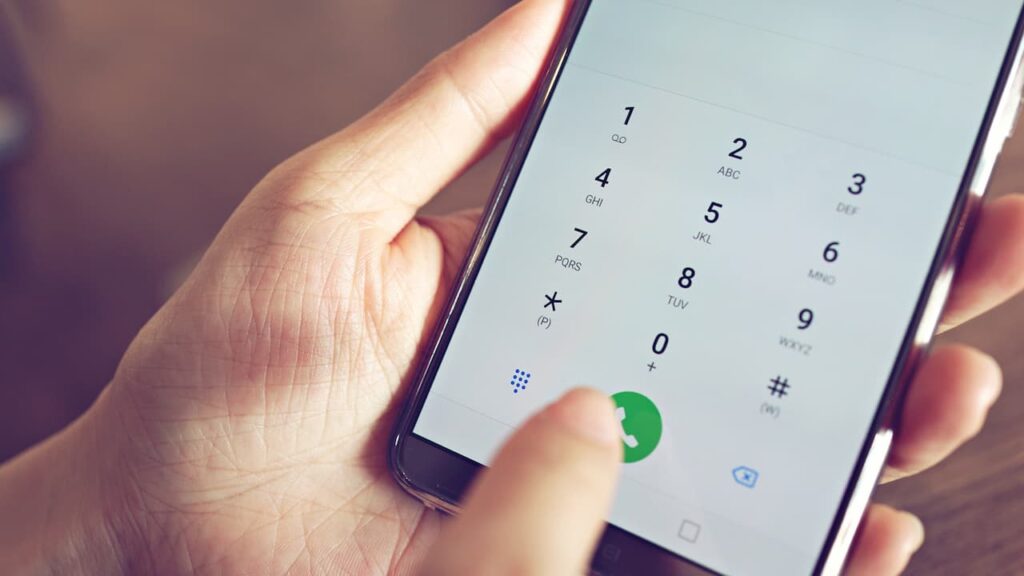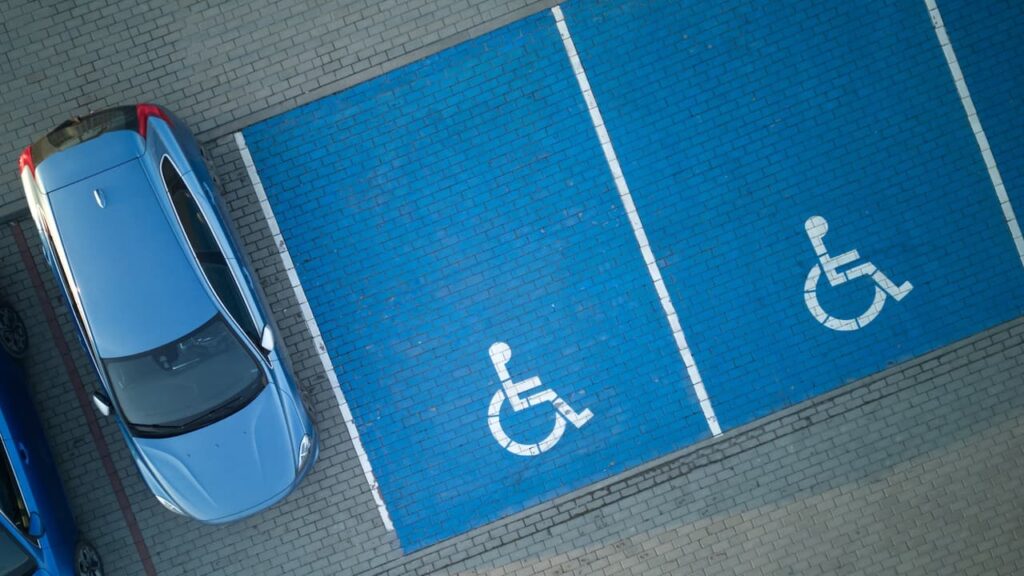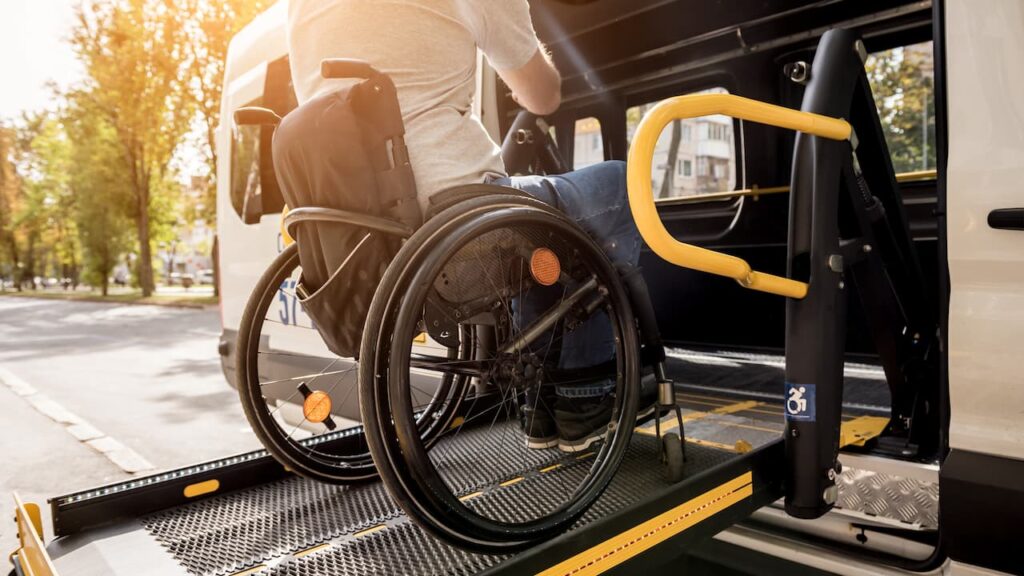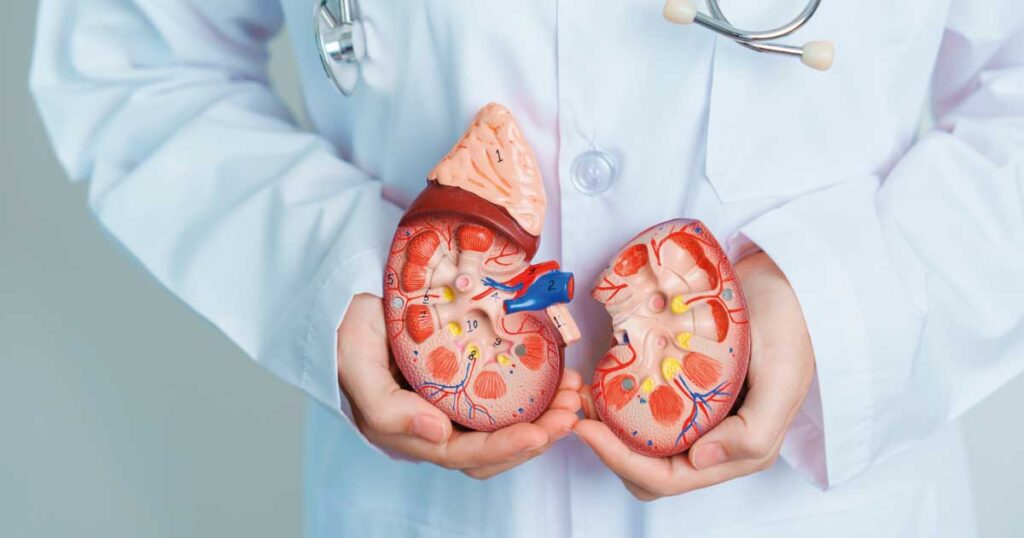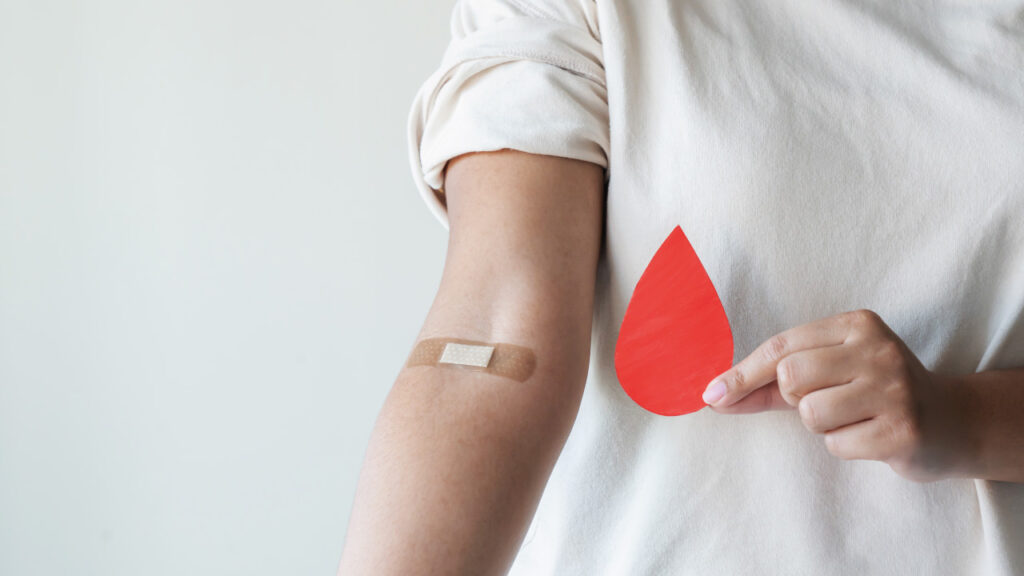Know when to call Saúde 24 or INEM
When faced with a health problem, the question can arise: should I call Saúde 24 or 112? Knowing when to call each service makes all the difference in ensuring that you get the right help at the right time. What is 112? 112 is the European emergency number and should only be used in serious situations that pose an imminent danger to life or require urgent medical assistance. In Portugal, it is INEM (National Institute of Medical Emergency) that receives and manages these calls, sending the appropriate means of assistance, such as ambulances or medical vehicles. When to call 112? You should call 112 whenever you are faced with a situation that puts someone’s life at risk or requires immediate help. Some examples: Altered state of consciousness or fainting Suspected stroke (difficulty speaking, asymmetrical smile, weakness on one side of the body) Severe breathing difficulties Choking unsuccessful after attempt to clear the obstruction Serious accidents with injuries Intense chest pain, a sign of possible heart attack Uncontrollable or very heavy bleeding Serious burns or burns to sensitive areas of the body. What should I do when calling 112? Stay calm and describe the situation clearly Indicate your exact location Answer all the operator’s questions Only hang up the call when you are told to. What is Saúde 24? The Saúde 24 hotline (808 24 24 24) is a telephone triage and medical advice service, available 24 hours a day for non-emergency situations. Through this service, health professionals assess the symptoms and advise on the steps to follow, and can recommend self-care, referral to a health center or, if necessary, to an emergency service. When to call Saúde 24? If the situation is not serious but you need medical advice, Saúde 24 can help. Examples of situations in which you should call: Persistent fever, without other serious symptoms Persistent cough or flu-like symptoms Nausea, vomiting or diarrhea without signs of severe dehydration Mild to moderate pain (throat, ears, stomach, head) Minor allergic reactions or skin changes Small cuts or wounds without heavy bleeding Mild changes in blood pressure, with no other associated symptoms Persistent crying for no apparent reason. Advantages of calling Saúde 24 Immediate medical advice without the need to travel Appropriate referral to the right level of care (self-care, health center or emergency room) Availability 24 hours a day, every day of the year Avoiding unnecessary emergency room visits, reducing hospital waiting times Support in various areas, including questions about symptoms, medication and vaccinations. Advantages of calling Saúde 24 Have your SNS user number, name and date of birth with you Describe the symptoms and indicate how long ago they appeared Follow the recommendations of your health professionals. If the Saúde 24 team realizes that the situation may be more serious than it seems, the call can be forwarded directly to INEM, guaranteeing the necessary help. 112 or Saúde 24? Which number should I choose? Situation Call Saúde 24 Call 112 Fever, cough or moderate pain Yes No Severe chest pain No Yes Small wounds without heavy bleeding Yes No Abundant and uncontrollable bleeding No Yes Suspected stroke No Yes Questions about medication or minor symptoms Yes No Serious accident with injuries No Yes What happens if I call the wrong number? If you call 112 with a non-urgent health problem, the call will not be prioritized and could end up overloading the emergency line, delaying the response to really serious cases. Operators may redirect you to Saúde 24, but this represents unnecessary time that can be avoided by choosing the right contact from the start. On the other hand, if you call Saúde 24 in a critical situation, the health professionals can identify the seriousness of the case and transfer the call to INEM. But note that this step delays the dispatch of help by a few minutes, which can be crucial in emergencies such as stroke or cardiac arrest. Other important contacts Poisons Information Center (CIAV) – 800 250 250: support in case of poisoning, available 24 hours a day. SNS 24 Psychological Support Line – 808 24 24 24 (Option 4): psychological support for emotional crises and mental health problems with specialized and confidential service National Social Emergency Line (LNES) – 144: support for victims of domestic violence, homelessness and other social emergencies. Service available 24 hours a day SOS Child Helpline – 116 111: support for children at risk or in emergency situations. Free and confidential service SOS Voz Amiga Line – 213 544 545 | 912 802 669 | 963 524 660: emotional support for people experiencing loneliness, anxiety or depression with anonymous and confidential service Elderly Citizen Helpline – 800 203 531: support for elderly people in situations of vulnerability or mistreatment with free and confidential assistance. Count on Ambula! If you need to be transported to a health facility and the situation doesn’t require calling 112, we offer a non-emergency ambulance service and guarantee a safe, comfortable journey with expert assistance. Count on Ambula for efficient transportation whenever you need it! Partilhar:
Know when to call Saúde 24 or INEM Read More »

